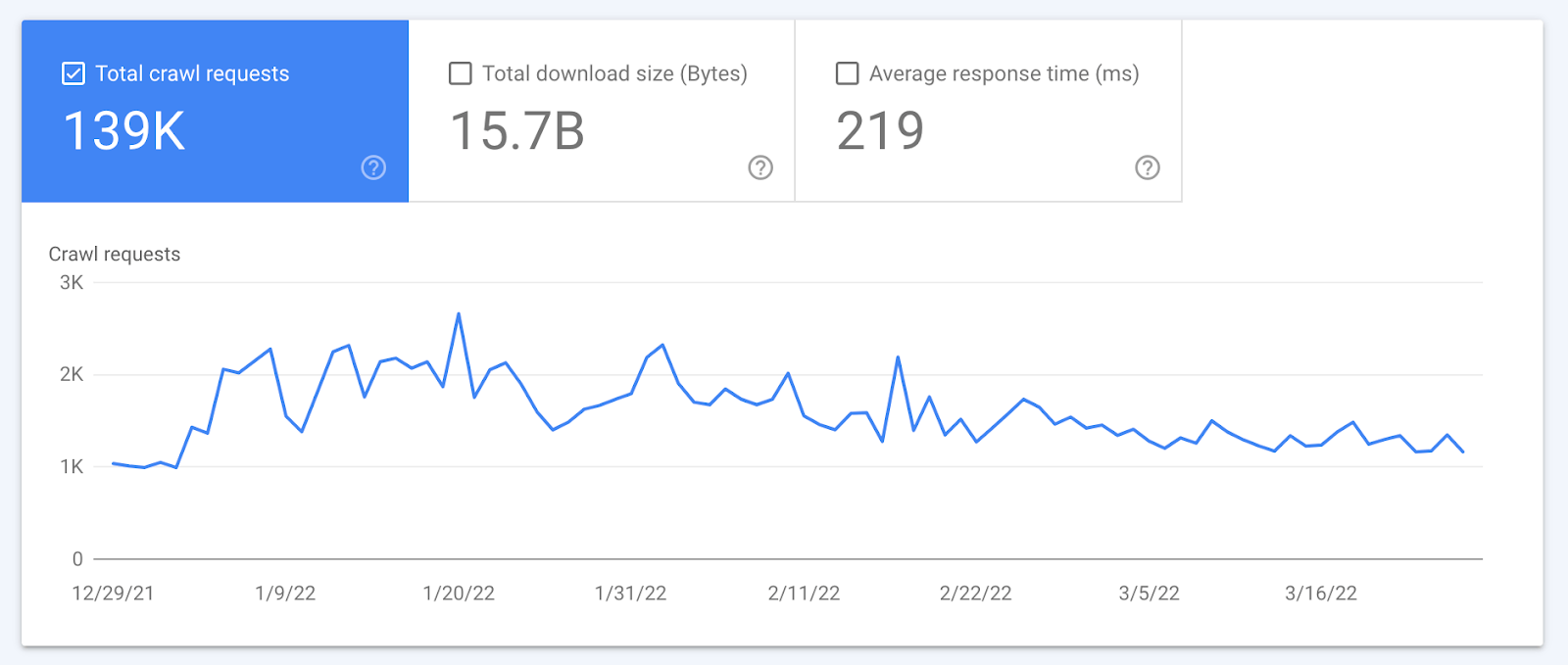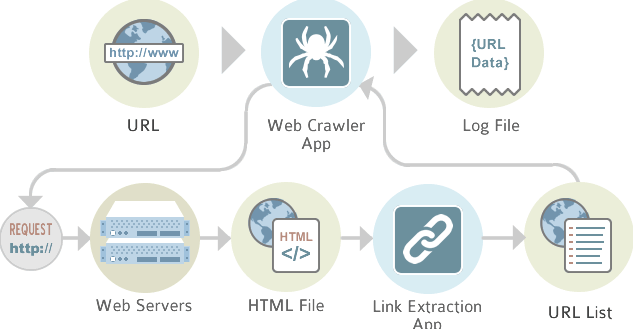
In the ever-evolving landscape of search engine optimization (SEO), one of the most critical yet often overlooked aspects is crawl budget efficiency. As search engines like Google continue to refine their algorithms and prioritize quality over quantity, ensuring that your site’s valuable pages are crawled and indexed becomes a strategic imperative. This article will guide you through the importance of crawl budget efficiency, how it impacts your SEO performance, and actionable steps to optimize it for better search visibility.
What Is Crawl Budget Efficiency and Why It Matters
Crawl budget efficiency refers to the ability of search engines to allocate their crawling resources effectively across your website. In simpler terms, it’s about ensuring that search bots—like Googlebot—spend their time on the most important pages rather than getting lost in irrelevant or low-value content.
Search engines have finite resources, and they must balance between crawling as many pages as possible and avoiding unnecessary strain on servers. A well-optimized site ensures that only high-quality, relevant pages are crawled, improving the chances of those pages being indexed and ranked.
Why does this matter? If your site has a large number of low-quality or duplicate pages, search engines may waste their crawl budget on these, leaving fewer resources for your core content. This can lead to slower indexing, lower visibility, and ultimately, a drop in organic traffic.
How Crawl Budget Efficiency Impacts SEO Performance
Crawl budget efficiency directly affects several key SEO metrics:
- Indexing Speed: Efficient crawling ensures that new and updated content is indexed quickly, which is crucial for staying competitive in fast-moving niches.
- Content Discovery: Pages that are crawled more frequently are more likely to be discovered by search engines, increasing the chances of them appearing in search results.
- User Engagement: Well-crawled pages are more likely to be optimized for user intent, leading to higher click-through rates and better engagement metrics.
- Ranking Potential: Pages that are crawled and indexed regularly are more likely to maintain or improve their rankings, especially if they’re updated with fresh, relevant content.
Additionally, crawl budget efficiency ties into broader SEO concepts like E-E-A-T (Experience, Expertise, Authoritativeness, Trustworthiness). High-quality, authoritative content is more likely to be prioritized by search engines, reinforcing the importance of optimizing your crawl budget.
Step-by-Step Implementation Framework
Optimizing crawl budget efficiency requires a structured approach. Here’s a step-by-step framework to help you implement it effectively:
1. Define or Audit the Current Situation
Start by understanding what’s currently happening on your site. Use tools like Google Search Console, Screaming Frog, or Ahrefs to analyze:
- Which pages are being crawled and indexed.
- The structure of your site and internal linking.
- Any technical issues such as broken links, redirects, or server errors.
This audit will help you identify areas where your crawl budget is being wasted.
2. Apply Tools, Methods, or Tactics
Once you’ve identified inefficiencies, apply the following strategies:
- Prioritize Indexing: Use
noindextags on pages that don’t need to appear in search results, such as admin pages, login forms, or duplicate content. - Optimize Site Architecture: Ensure that important pages are no more than three clicks away from the homepage. A flat structure improves crawlability.
- Improve Internal Linking: Link to high-priority pages from navigation menus and other prominent areas. Avoid orphaned pages and use descriptive anchor text.
- Block Unnecessary Pages: Use
robots.txtto block pages that shouldn’t be crawled, such as search result pages, faceted navigation, or administrative URLs. - Fix Broken Links: Address 404 errors and set up 301 redirects for moved content to prevent crawlers from wasting time on dead ends.
- Use XML Sitemaps: Submit an optimized sitemap to search engines, including only high-quality, relevant URLs.
3. Measure, Analyze, and Optimize
After implementing changes, monitor your progress using tools like:
- Google Search Console: Track crawl stats, indexing status, and any errors.
- Server Logs: Analyze which pages are being crawled and how long it takes.
- Analytics Platforms: Use tools like Google Analytics or Hotjar to understand how users interact with your site.
Regularly review these metrics to identify trends and make adjustments as needed. For example, if certain pages are not being crawled despite being important, consider reworking your internal linking strategy or adjusting your sitemap.
Real or Hypothetical Case Study
Let’s look at a hypothetical case study of an e-commerce site with over 50,000 product pages. The site had a poor internal linking structure, with many pages buried deep within the site and no clear path for crawlers to find them. Additionally, the site used faceted navigation, resulting in thousands of duplicate URLs.
By implementing the following changes:
- Reorganizing the site architecture to ensure all product pages were accessible within three clicks.
- Blocking faceted navigation URLs via
robots.txt. - Using canonical tags to eliminate duplicate content.
- Optimizing the XML sitemap to include only high-value pages.
The site saw a 30% increase in crawl efficiency and a 20% rise in organic traffic within six months. Pages that were previously ignored by search engines now appeared in search results, leading to improved visibility and sales.
Tools and Techniques for Crawl Budget Efficiency
To streamline the process of optimizing your crawl budget, consider using the following tools:
- Google Search Console: Provides insights into crawl stats, indexing status, and errors.
- Screaming Frog: A powerful tool for auditing your site’s structure, internal links, and crawlability.
- Ahrefs: Helps identify broken links, track backlinks, and analyze competitors.
- Screaming Frog SEO Spider: Offers detailed reports on site architecture, crawl paths, and page performance.
- Google PageSpeed Insights: Measures load speed and provides recommendations for improvement.
- Robots.txt Tester: Allows you to test and validate your
robots.txtfile to ensure it’s blocking the right pages.
These tools provide the data and functionality needed to fine-tune your crawl budget strategy and ensure that search engines are focusing on the right content.
Future Trends and AI Implications
As AI continues to shape the future of search, crawl budget efficiency will become even more critical. With the rise of Search Generative Experience (SGE) and multimodal search, search engines will rely more heavily on the quality and relevance of content. This means that sites with efficient crawl budgets will be better positioned to appear in AI-generated summaries and featured snippets.
Moreover, as voice search and natural language processing become more prevalent, the need for clean, structured data will increase. Ensuring that your site is easily crawlable and indexable will be essential for maintaining visibility in these emerging formats.
To stay ahead, focus on creating high-quality, user-centric content, and continuously optimize your site’s structure and crawlability.
Key Takeaways
- Crawl budget efficiency is about ensuring that search engines spend their time on your most valuable pages.
- Prioritizing indexing, optimizing site architecture, and blocking unnecessary pages are key strategies for improving crawl efficiency.
- Tools like Google Search Console and Screaming Frog provide essential data for monitoring and refining your crawl strategy.
- Future trends like AI and voice search will further emphasize the importance of efficient crawl budget management.
- By focusing on quality over quantity, you can enhance your site’s visibility and improve its performance in search results.
Meta Title: Crawl Budget Efficiency — Enhances Search Visibility Through Strategic Bot Allocation
Meta Description: Learn how to optimize crawl budget efficiency to ensure search engines prioritize your most valuable pages, improving visibility and rankings.
SEO Tags (5): Crawl Budget Efficiency, SEO Optimization, Search Visibility, Technical SEO, Indexing Strategy
Internal Link Suggestions: Parameter #12: Topical Depth & Relevance, Parameter #17: Storytelling Integration, Parameter #20: Optimized Title Tag, Parameter #21: Header Hierarchy, Parameter #22: Strong Introduction
External Source Suggestions: Google Search Console, Screaming Frog, Ahrefs








